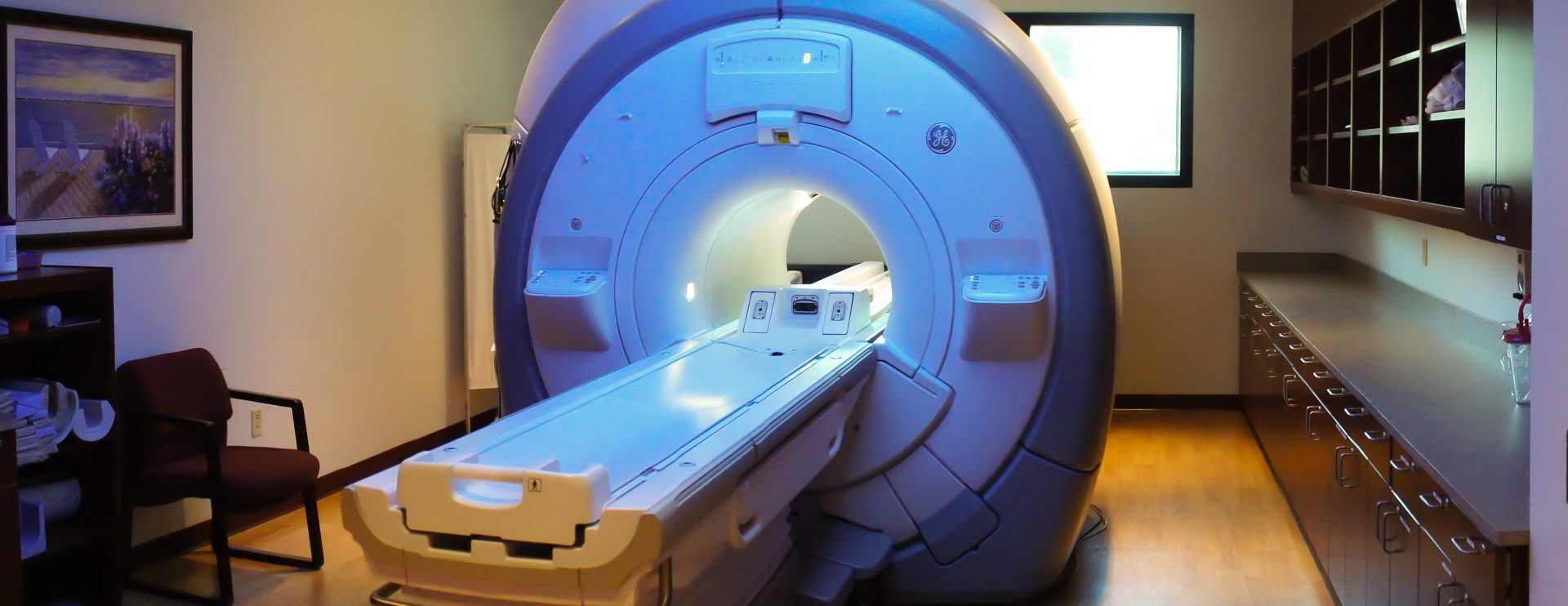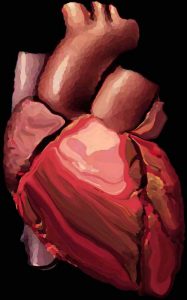This month is American Heart Month and in honor of this and with Valentine’s Day around the corner, GWIC would like to devote this blog to helping our patients understand the leading cause of heart disease and stroke and to be aware of the signs and symptoms of stroke. Million Hearts® is a national effort to prevent 1 million heart attacks and strokes in the US by 2017. In conjunction with the Centers for Disease Control and Prevention (CDC), they are both encouraging Americans to know their blood pressure, and if high, to have the objective to control their blood pressure.
According to the CDC, high blood pressure, which if not controlled, is a leading cause of heart disease and stroke. Over 67 million Americans have high blood pressure (1) and they are 4 times more likely to die from a stroke and 3 times more likely to die from heart disease compared to those with normal blood pressure (2).
Do you know the signs and symptoms of Stroke?
An ischemic stroke happens when a vessel supplying blood to the brain becomes blocked. It can happen for a variety of reasons. For example, fatty deposits in arteries (atherosclerosis) can cause high blood pressure and blood clots to form. Sometimes a blood clot forms in the heart from an irregular heartbeat called atrial fibrillation. It then travels to a place where it blocks an artery supplying blood to the brain.
Know the warning signs of stroke:
- Numbness or weakness in you face, arm or leg, especially on one side
- Confusion or trouble understanding other people
- Trouble speaking
- Trouble seeing with one or both eyes
- Trouble walking or staying balanced or coordinated
- Dizziness
- Severe headache that comes on for no known reason
If you do have stroke warning signs, this means your brain isn’t getting the blood it needs. Damage may be temporary or permanent. The important thing is to act quickly, the sooner the treatment, the less chance of serious damage to your brain.
 MRI is used to diagnose the incidence and extent of damage of stroke using protocols such as Diffusion-Weighted MR Imaging which is done here at Greater Waterbury Imaging Center. This requires a high-resolution MR scanner which is at least 1.5T such as what we have here at GWIC. Diffusion weighted MR imaging is performed for the evaluation of acute ischemic stroke. It detects small and early infarcts. This pictures demonstrates a brain image created with the Diffusion-Weighted protocol. Note the tiny area of stroke or infarction. MRI can detect very small infarcts and is the imaging modality of choice to detect stroke.
MRI is used to diagnose the incidence and extent of damage of stroke using protocols such as Diffusion-Weighted MR Imaging which is done here at Greater Waterbury Imaging Center. This requires a high-resolution MR scanner which is at least 1.5T such as what we have here at GWIC. Diffusion weighted MR imaging is performed for the evaluation of acute ischemic stroke. It detects small and early infarcts. This pictures demonstrates a brain image created with the Diffusion-Weighted protocol. Note the tiny area of stroke or infarction. MRI can detect very small infarcts and is the imaging modality of choice to detect stroke.
For more information of Stroke, please visit the following sites:
Centers for Disease Control and Prevention
1. Centers for Disease Control and Prevention. Vital signs: awareness and treatment of uncontrolled hypertension among adults—United States, 2003–2010.MMWR. 2012;61(35):703-9.
2. Stamler J, Stamler R, Neaton JD. Blood pressure, systolic and diastolic, and cardiovascular risks. US population data. Arch Intern Med. 1993;153:598-615. Centers for Disease Control and Prevention. Vital signs: awareness and treatment of uncontrolled hypertension among adults—United States, 2003–2010.MMWR. 2012;61(35):703-9.



